
Do you use a cordless vacuum, robotic vacuum or cordless kitchen appliance? Eventually, you will have to replace your appliance’s rechargeable battery. And when that time comes, you’ll likely go online to look for the best deal.
While everyone wants to save money, that “good deal” on a replacement may cost you later. Just as they have with replacement refrigerator water filters, counterfeiters are now pushing fake replacement batteries onto the market.
Branded replacement batteries are made specifically to fit appliances of the same brand. A counterfeit battery may power the appliance at first, but they are not designed with the same circuitry as the genuine appliance replacement. Furthermore, they do not include the same safety features, putting you at risk for fire, injury, or property damage.
Fortunately, you can reduce your chances of ending up with a counterfeit replacement battery by purchasing replacement batteries only from the manufacturer of the appliance or other trusted source.
Safe use of appliance batteries goes beyond where you purchase them. Proper storage, transport and disposal is also important. Follow these tips from the Power Tool Institute’s Take Charge of Your Battery campaign:
- Store lithium ion batteries away from liquids and metals, such as keys, coins, screws and nails.
- Do not throw batteries away with the trash. Take them to a recycling center or dispose of them in a receptacle specifically designed for batteries.
- Don’t use batteries that have been dropped or damaged. Contact the manufacturer to report the damage.

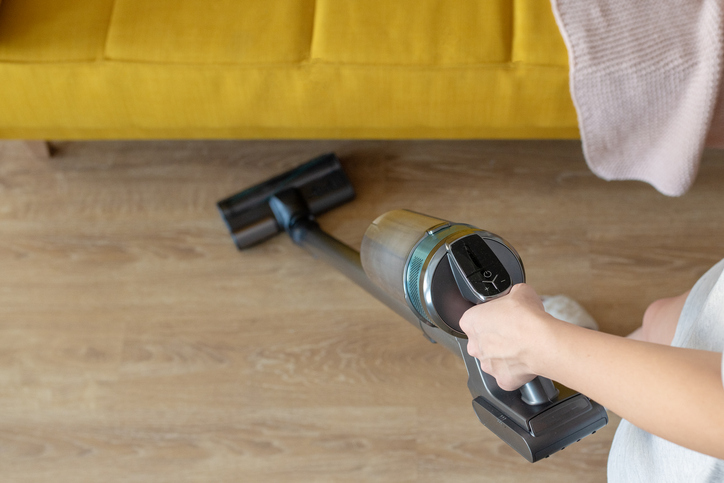
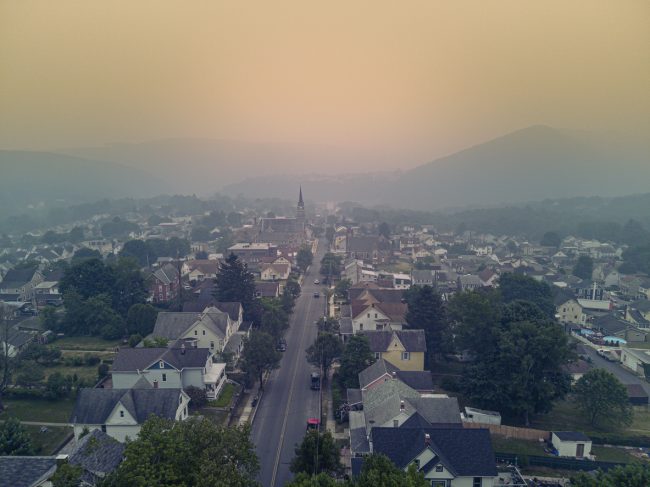

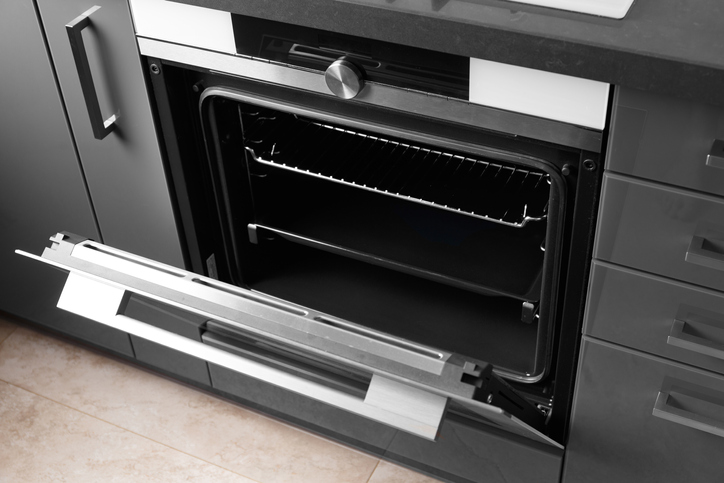
 Have you taken steps to prevent range-tipping accidents in your home? Typically, range-tipping accidents occur when a child climbs on to the open door of a range which has not been secured to the floor or wall by an anti-tip bracket and the child’s weight causes the range to tip over onto the child. This can cause death or serious injury from the weight of the range, plus burns and scalding injuries from hot food and liquids that fall from the cooktop.
Have you taken steps to prevent range-tipping accidents in your home? Typically, range-tipping accidents occur when a child climbs on to the open door of a range which has not been secured to the floor or wall by an anti-tip bracket and the child’s weight causes the range to tip over onto the child. This can cause death or serious injury from the weight of the range, plus burns and scalding injuries from hot food and liquids that fall from the cooktop.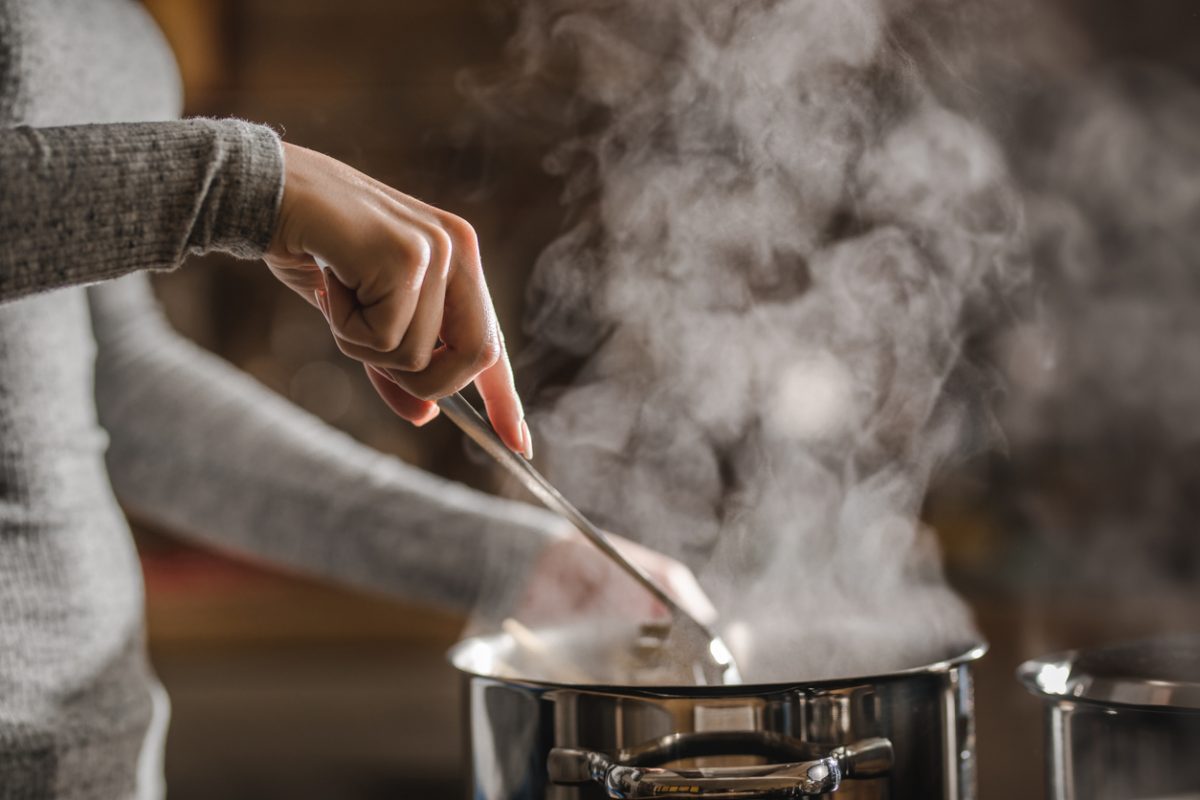
 There are more than 100 million ranges and cooktops in use in the U.S. today, and most are operated safely and without incident. When cooking fires do occur, they’re usually preventable through a few simple steps. AHAM has partnered with UL, the National Association of State Fire Marshals, and the National Safety Council to develop its Recipe for Safer Cooking. These preventive measures will help you greatly reduce the chances that a cooking fire will occur in your home:
There are more than 100 million ranges and cooktops in use in the U.S. today, and most are operated safely and without incident. When cooking fires do occur, they’re usually preventable through a few simple steps. AHAM has partnered with UL, the National Association of State Fire Marshals, and the National Safety Council to develop its Recipe for Safer Cooking. These preventive measures will help you greatly reduce the chances that a cooking fire will occur in your home: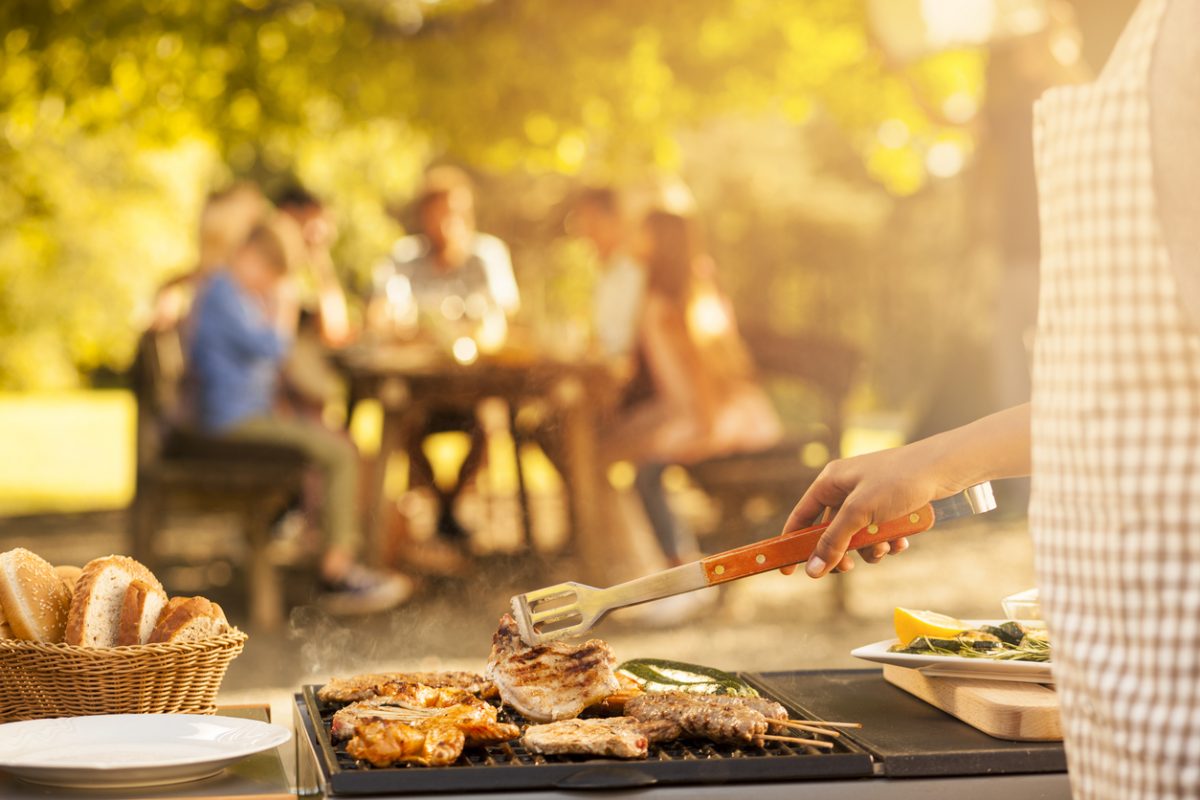


 Cooking’s effect on indoor air quality, and how cooking-related pollutantscan be reduced, has also been getting more attention. All cooking, whether done on gas, electric or induction cooking appliances, emits pollutants. An externally vented range hood
Cooking’s effect on indoor air quality, and how cooking-related pollutantscan be reduced, has also been getting more attention. All cooking, whether done on gas, electric or induction cooking appliances, emits pollutants. An externally vented range hood 